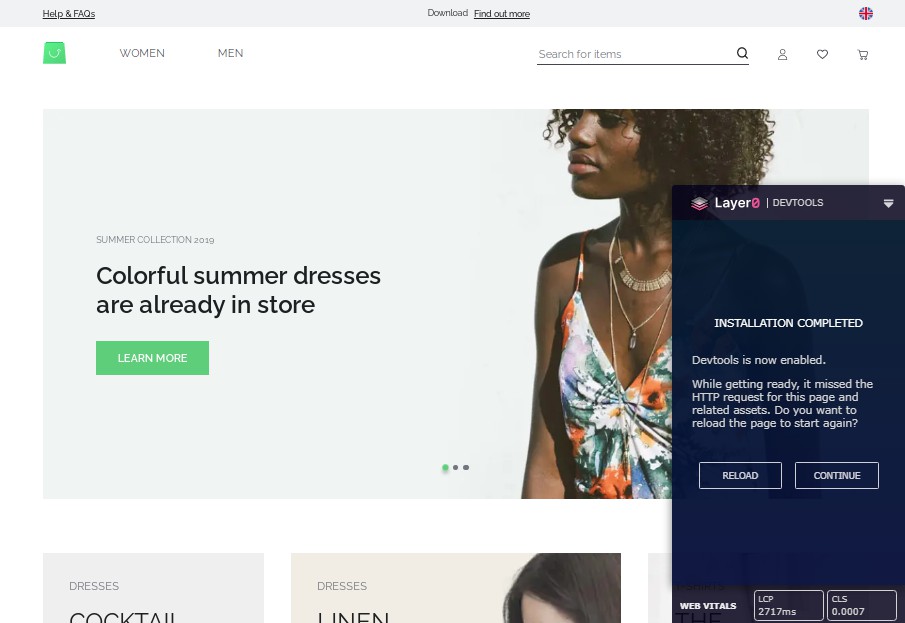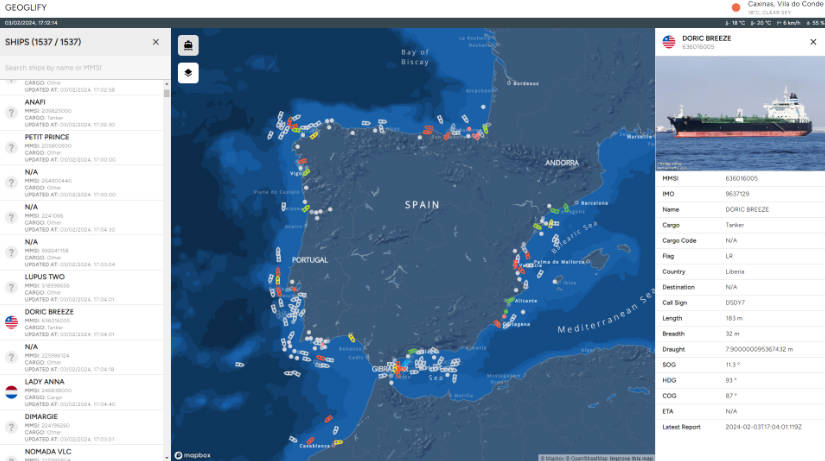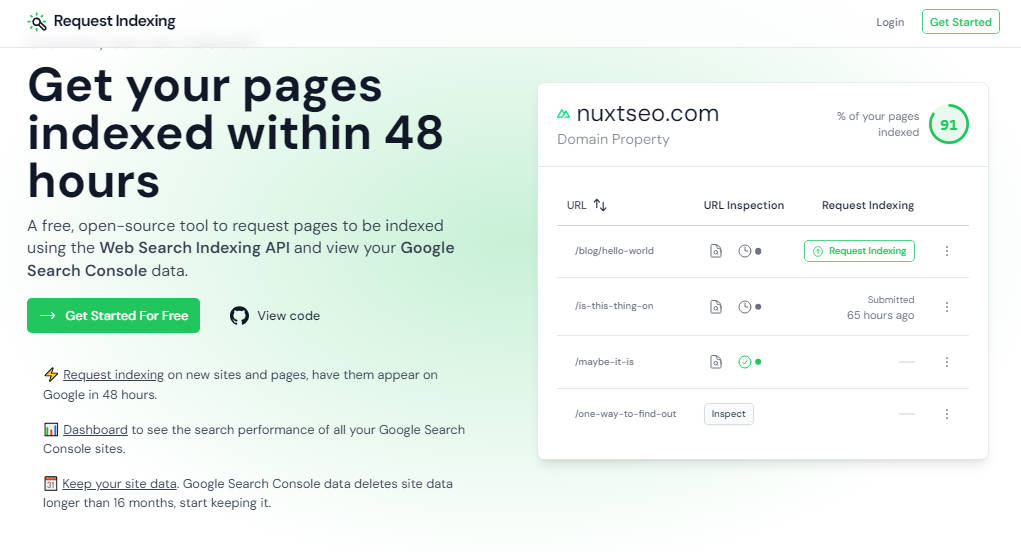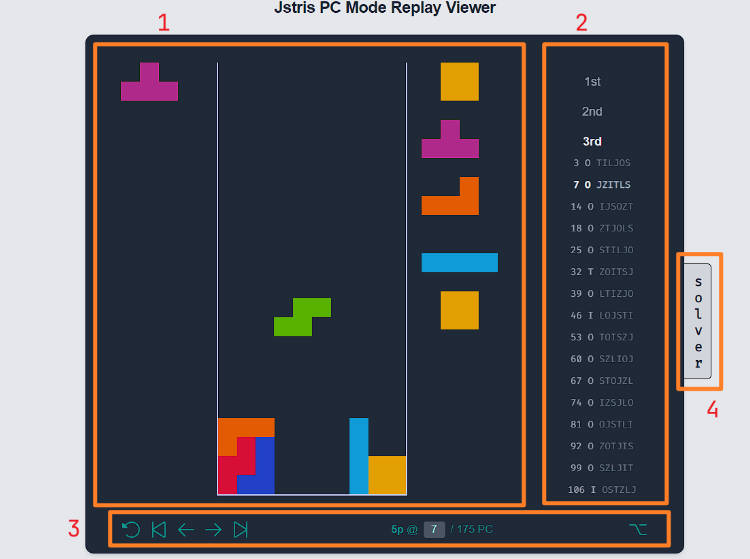Vue Storefront Layer0 Example
This Vue Storefront app uses CommerceTools and is configured to deploy on Layer0.
Try It Now
Getting Started
Clone This Repo
Use git clone https://github.com/layer0-docs/layer0-vue-storefront-commercetools-example.git to get the files within this repository onto your local machine.
Install dependencies
On the command line, in the project root directory, run the following command:
yarn install
Update CommerceTools credentials
Run the Vue StoreFront app locally on Layer0
In middleware.config.js update the CommerceTools API settings to reflect your own values. The values currently in there are for a test store run by Layer0.
We recommend that you leverage a .env file to inject your values to the middleware.config.js. Create a .env file from the .env-example file.
To create a new API Client, log into your CommerceTools instance and go to Settings > Developer settings > Create new API Client. Enter a name for the API Client and select the “Mobile & Single-page PWA client” template. Make sure to also check the “View > Stores” option. Sometimes the templates change the auto-checked items, so double check your permissions match that of the current middleware file.
Run the Vue Storefront app with the command:
yarn run layer0:dev
Load the site: http://127.0.0.1:3000
Testing production build locally with Layer0
You can do a production build of your app and test it locally using:
layer0 build && layer0 run --production
Setting –production runs your app exactly as it will be uploaded to the Layer0 cloud using serverless-offline.
Deploying to Layer0
Deploying requires an account on Layer0. Sign up here for free. Once you have an account, you can deploy to Layer0 by running the following in the root folder of your project:
layer0 deploy
Automate deployments using a Github Action.
See deploying for more information.





